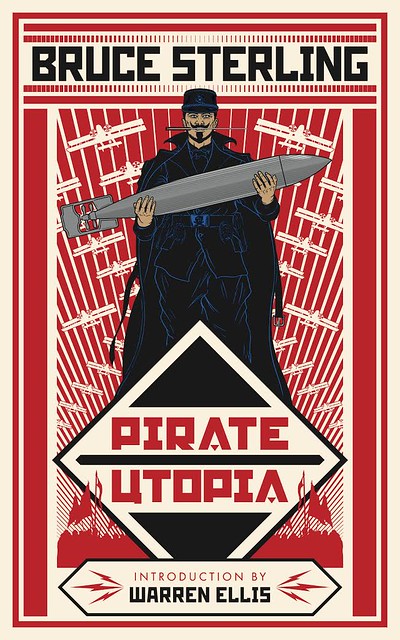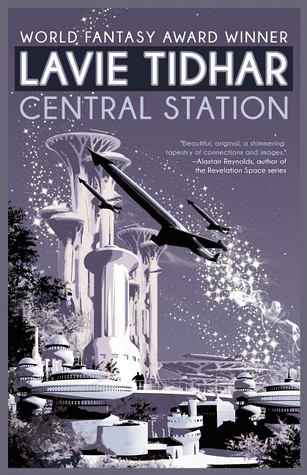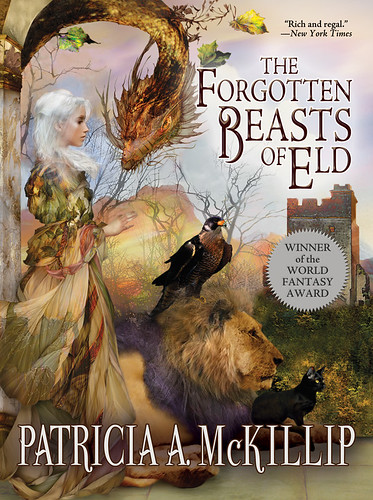 Last week I received my contributor's copy of Apocalypse Nyx
Last week I received my contributor's copy of Apocalypse NyxIn my December 11, 2017, blog post, I wrote about my work on Apocalypse Nyx. At that time the book was scheduled for publication in July 2018 -- and here we are! Aside from the quality of their books, Tachyon Publications have always met their release dates (rare for an independent publisher... I could tell you stories about other publishers....), and I've been working with them since 2002. In fact, I just looked up the details: my first invoice was dated February 19, 2002.
As Kirkus states at the conclusion of its review of Apocalypse Nix: "For established fans, a bittersweet reunion with old friends; for new readers, a reasonable enticement toward the superior novels of the series."
Here are excerpts from two more reviews:
"...I usually talk about themes in reviews because I think they contribute to what the reader takes away from a book. Forget about it. Just let Apocalypse Nyx blow you away with its deep portrayal of a person in constant intellectual and moral crisis, and don't worry about what it means. You will be immersed in love, lust, hate, revenge, desire, and will question the value of human life. You will empathize with Nyx for her faults yet be appalled at her lack of human conscience. It's a heady mix and entertaining as hell.
Is it grimdark? You bet your ass it is. Try not to root for Nyx as she blasts away innocents who happen to be in the way of the next payoff. It's impossible. And the question of grey morality itself makes a couple of unobtrusive appearances in the stories and in the delightful banter between her crew of freaks. If you're reading this review, then you obviously appreciate grimdark. Grab this nice introduction to Nyx's life and world. You won't regret it. Most highly recommended."
– Grimdark Magazine
"...But this noir backdrop is enlivened by a double helping of gritty violence. Nyx is a self-admitted terrible shot, but she makes up for it with her scattergun, sword, and sheer bloody-mindedness, leaving a trail of corpses through the stories—most of whom might possibly deserve it, if you squint a bit, but some of whom just find themselves in the wrong place at the wrong time. Nyx is a killer and her tragedy is she can neither accept this in herself nor bring herself to walk away from the violence by which she makes her living.
This collection starts off with two longer stories, "The Body Project" and "The Heart Is Eaten Last" that do an excellent job of introducing Nyx and her team and setting a pattern that other stories will elaborate on. In each story, Nyx and her team take on a job, find out that the job is not quite what they had been led to believe, overcome danger and obstacles (often with significant injuries and moral quandaries), and finally achieve an ambiguous victory. Sometimes, victory is just survival. While this might seem formulaic, it is a perfect frame for the character moments that lie at the heart of the stories, while giving plenty of space for the gritty action scenes that Hurley does so well."
– SFRevu
Apocalypse Nyx is now available for purchase direct from Tachyon Publications, or Amazon , or your preferred bookseller.
, or your preferred bookseller.













